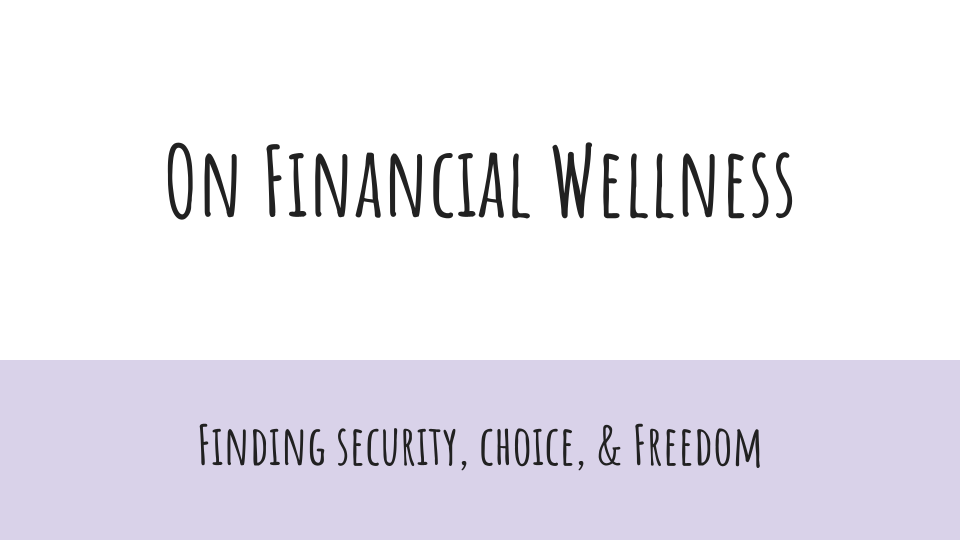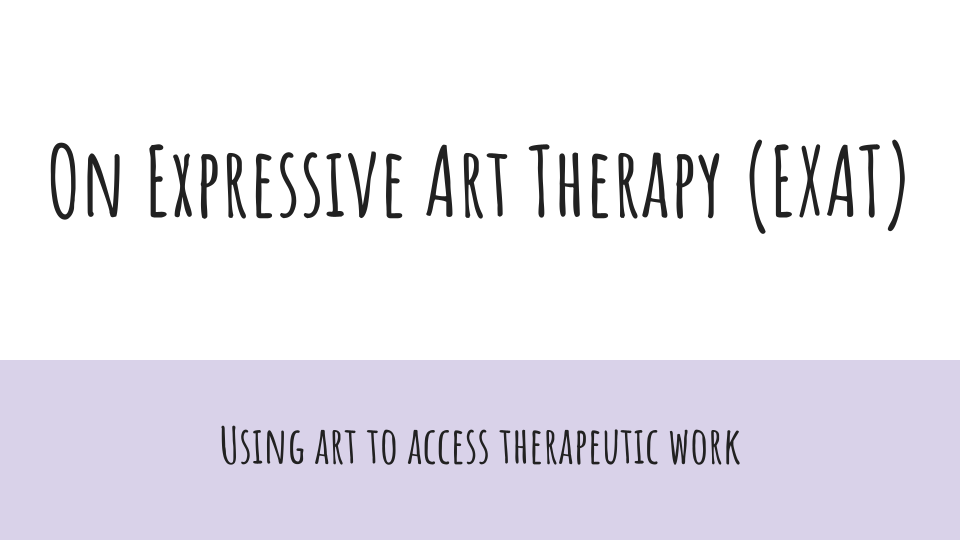On Social Wellness
Social Wellness is feeling in alignment with your personal values and the values of your community. It is also feeling as if your needs are being met in healthy ways by those you are spending time with. In this chapter you can evaluate your ‘social health,’ as well as identify ways to potentially grow into a more congruent and values-aligned community that is able to meet your needs in positive, affirming ways.
Below you will find resources related to Social Wellness.
More about Social Wellness
Social Wellness is feeling that your values match the values of your community, and that your needs are being met by the people who you are spending time with. When considering your social wellness, ask yourself the following questions?
What is my community?
What is my intention for being in these communities?
Am I satisfied with these communities?
Do I feel as if I am seen and respected by other members of my community?
What would I like to shift about how I spend my time - either with others, or alone?
Often I hear clients discuss their dissatisfaction with their community and their social scene. These are some of the themes I have witnessed:
Mismatch in my client’s values system with the behaviors of the community (i.e. - a client wanting to be sober but in a group who values heavy drinking and drug use).
Client feeling ‘unseen’ by other members of the community (i.e. - a mismatch in the level of differentiation between the client and the group)
Client’s internal anxieties getting in the way of connection (i.e. - ‘I want to join this group but I’m afraid of meeting new people,’ or ‘I’d go to this evening run club but I’m too busy.’)
What can happen from chronic dissatisfaction with your community is a sense of further isolation, creating a vicious feedback loop that leads to deeper dissatisfaction and, potentially, depression.
How Do I Create a Sense of Social Wellness?
Again, every person is unique. Your sense of social wellness is different from mine, from your partner’s, and from your parents. It changes, shifts, evolves with life circumstances. It requires constant reassessment and an openness to exploration of new possibilities and communities. However, I find that thinking about these questions is a good way to get started.
What do I like to do by myself? With others? Are there things I like to do by myself that I would like to do with others?
What am I looking for in a community?
How much time am I willing to give to cultivating community each week? What days of the week work best for me in being social?
What is my intention for joining this community?
What do I need to do to feel ‘safe’ the first time I go to a new group? What about the second time? Third time?
How many times am I willing to give this new group a shot? (I find that at least 3 is a useful commitment)
How will I know that this is not the right group for me? (i.e. - a mismatch in values)
As always, please feel free to bring this to our sessions together. You get to decide what you want and your pacing for getting it. I look forward to supporting you as you deepen your sense of social wellness within yourself, and with others.
Social Wellness Suggested Activities
Take time this week to consider the following activities related to exploring Social Wellness. There are several different options for you to explore in case one modality works better for you. Please note that your Conversation Prompts can also make great Journal Topics.
Journal Topics
First, spend time answering these questions from the article:
What is my community?
What is my intention for being in these communities?
Am I satisfied with these communities?
Do I feel as if I am seen and respected by other members of my community?
What would I like to shift about how I spend my time - either with others, or alone?
What do I like to do by myself? With others? Are there things I like to do by myself that I would like to do with others?
What am I looking for in a community?
How much time am I willing to give to cultivating community each week? What days of the week work best for me in being social?
What is my intention for joining this community?
What do I need to do to feel ‘safe’ the first time I go to a new group? What about the second time? Third time?
How many times am I willing to give this new group a shot?
How will I know that this is not the right group for me?
How did I see members in my family-of-origin forming community growing up? How has this influenced the ways in which I seek out and make community today?
In a perfect world, what does my community look like? How do I show up in this community? What do I give to it? What do I receive in return?
What in my current life needs to shift in order to reach towards this ‘ideal community?’
Conversation Prompts
With your partner, family member, or trusted friend, discuss your current experience of your community. Try to focus on your emotions. Name your happiness / frustrations / sadness / etc. around how you spend time with your community and how your community engages with you.
Explore how you might engage with your community with more intention. What does that intention look like? How might it help you feel more satisfied?
Experiential & Artistic Activities
Take time to create a piece of art that represents your current experience of your community. See if you can blend your physical, mental, emotional, and spiritual selves into this piece in order to illustrate the congruence (or incongruence) between your holistic wellbeing and social wellbeing.
Create a playlist of music that you want to represent the feeling of your ‘ideal community.’ Spend time listening to it, maybe choosing to dance or layer other artistic modalities as you listen.
Make one small token that you can carry with you as a reminder of the community you are hoping to create. Notice if this token brings you comfort when you find yourself engaging with your community in new, values-aligned ways.
Additional Resources on Social Wellness
Documents/Books on Social Wellness
Braving the Wilderness, by Brené Brown
Videos on Social Wellness
Did you enjoy this chapter? Share the Classroom with your community!
Other Chapters in WELLNESS
Check out the Rest of the Classroom!
References
Brown Brené. (2019). Braving the wilderness: The quest for true belonging and the courage to stand alone. Random House.
Buffington, B., Neale, S. (2018, July 24). Social wellness: Nurture your relationships. American Nurse. Retrieved January 6, 2022, from https://www.myamericannurse.com/social-wellness-nurture-relationships/
Miller, G. (2020). Integrating substance abuse and pain management into counseling approaches: Counselors can create a safe place for clients to speak openly as they try to navigate the complicated landscape of their struggles with substance use and pain management issues. Counseling Today, 63(5), 50–54.
Ohrt, J. H., Clarke, P. B., & Conley, A. H. (2019). Wellness counseling : a holistic approach to prevention and intervention. American Counseling Association.
Thornton, L. (2013). Whole person caring : an interprofessional model for healing and wellness. Sigma Theta Tau International.
















